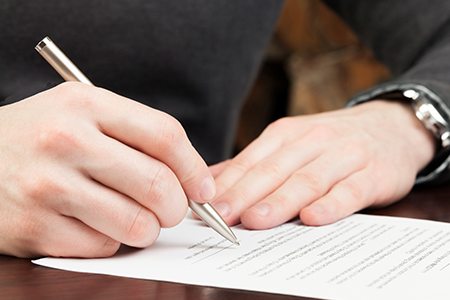E-invoicing can improve our understanding of financial transactions. One of the key features of e-invoicing is that it results in much faster processing compared to manual processing, with the added benefit of accurate and current insights. This is important for managing cash flow and for faster payment terms, provided, of course, that the customer can also process invoices quickly.
Faster Processing, Faster Payments
E-invoicing can significantly improve the efficiency of financial processes. We’ve seen proof of this over the past few years, as many Dutch municipalities have started to implement e-invoicing into their supply chain processes. One of the driving factors for this switch was the fact that they were unable to pay all invoices within 30 days. With e-invoicing, government entities like municipalities can pay their invoices much faster, sometimes even as quickly as 5 days.
Businesses and institutions also see cost savings per invoice processed. E-invoicing results in cost savings for businesses because it requires less time and resources to process invoices. Without e-invoicing, that work costs between 7 and 30 euros per invoice, depending on the situation. An e-invoice only costs 30 cents per document. That’s the time saved in terms of money. On top of that, e-invoicing allows the organization to utilize their employees in a different way, taking advantage of newly freed up time.
Safer
Before the e-invoicing platform automatically processes and pays the invoices, they are first validated and checked for completeness and accuracy. The solution (like our FLOW Partner Automation platform, for example) also checks that the supplier and invoices are legitimate. This is easily verified, as the suppliers cannot send an invoice until they are connected to the network and validated as a company.
Obviously, sending an invoice over a network is more secure than sending an invoice by e-mail. Anyone can send an invoice by e-mail, and fake invoices are oftentimes nearly indistinguishable from real ones to the naked eye, especially when companies process a large volume of documents. Additionally, sending invoices by e-mail is also very error-prone, since it’s easy to make a typo in the e-mail address or send the document to the incorrect person. These mistakes happen every day but can cause major problems within the supply chain. Thanks to e-invoicing, these mistakes are a thing of the past.
E-Invoicing to Combat VAT Fraud
E-invoicing is nearly 100% necessary for companies in the European Union. An EU directive was published in December 2022 (effective between 2024 and 2028) that requires every invoice – inbound or outbound – to go through the tax authorities. This is only possible through e-invoicing, which means that sending a PDF is no longer a sufficient option.
This directive applies to every business in the EU. These businesses must send a copy of each invoice to the tax authorities, or – as is already the case in Italy – must request a code for the invoice from a tax platform. Then, the invoice can be sent.
For now, the main reason for this law is to combat VAT fraud, making up for the €90 billion in lost VAT revenue calculated in 2020. Governments need to better enforce the payment of these taxes, so while each country will have different VAT requirements, all will have to participate in some way to decrease tax fraud. E-invoicing is the only legal tool to achieve this goal.
In light of this new legislation, TIE Kinetix urgently advises companies and institutions to adopt an e-invoicing solution as soon as possible. Be sure to be aware of the approaching fiscal and legal regulations in your country, and make sure you select the right type of support for them.




